Here are some very photogenic mammals seen in Calgary in April 2018 by Tony LePrieur. The Beavers were photographed in Fish Creek Provincial Park, and the Porcupine in Carburn Park.







You can see more of Tony’s photos on this page.
Here are some very photogenic mammals seen in Calgary in April 2018 by Tony LePrieur. The Beavers were photographed in Fish Creek Provincial Park, and the Porcupine in Carburn Park.







You can see more of Tony’s photos on this page.
Head down to the Inglewood Bird Sanctuary this Sunday, May 13, between 11 am and 3 pm for a celebration of World Migratory Bird Day.
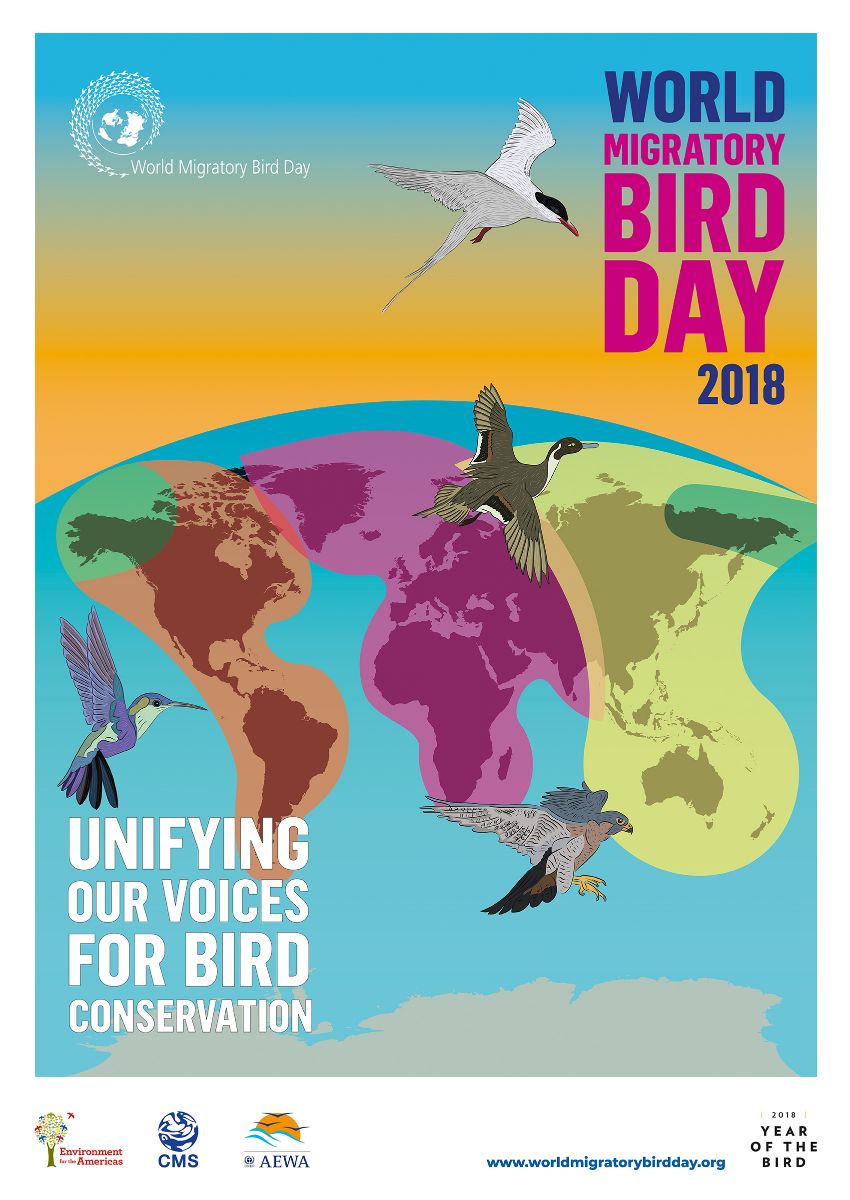
This free event for the whole family will feature guided tours of the sanctuary, nature-themed games and crafts, and lots of information about Calgary birds from local birding experts.
Read about the event on this website.
Jim Washbrook and other residents of a Northeast Calgary neighbourhood were treated to a rare sight in late March when a Boreal Owl spent a few hours posing for photographs during daylight hours. These rarely seen little owls are nocturnal and live in the Boreal forest. Many birders have never seen or even heard one.
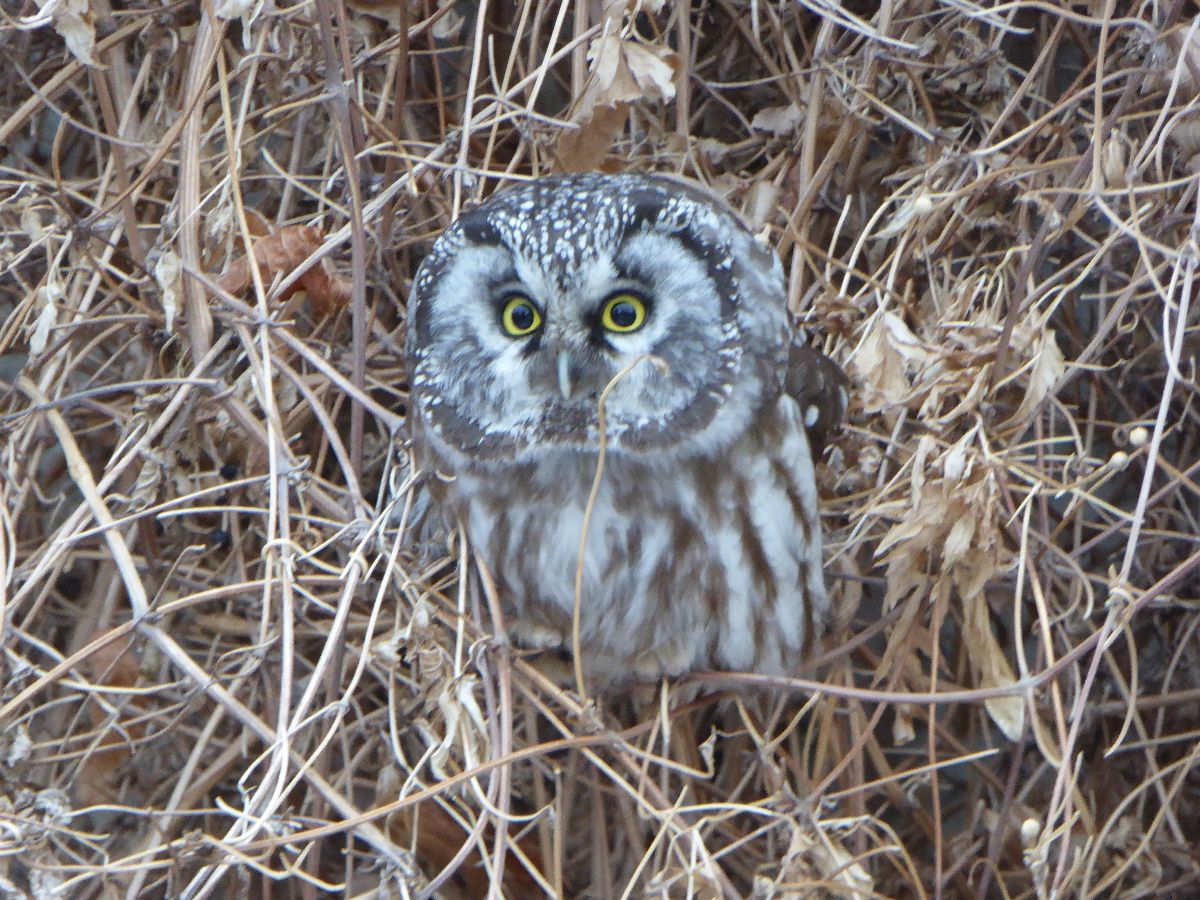
Boreal Owl, Calgary, March 28, 2018. Photo by Jim Washbrook.
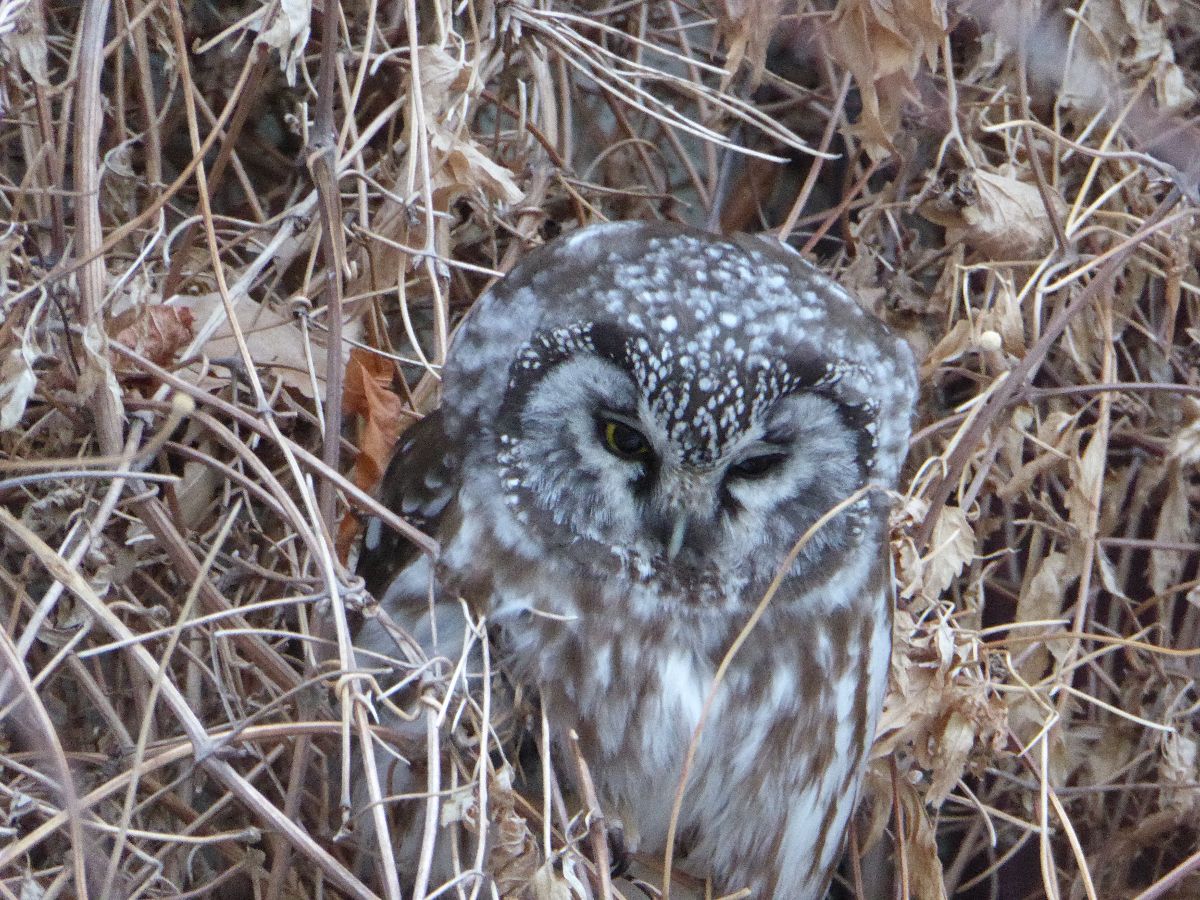
Boreal Owl, Calgary, March 28, 2018. Photo by Jim Washbrook.
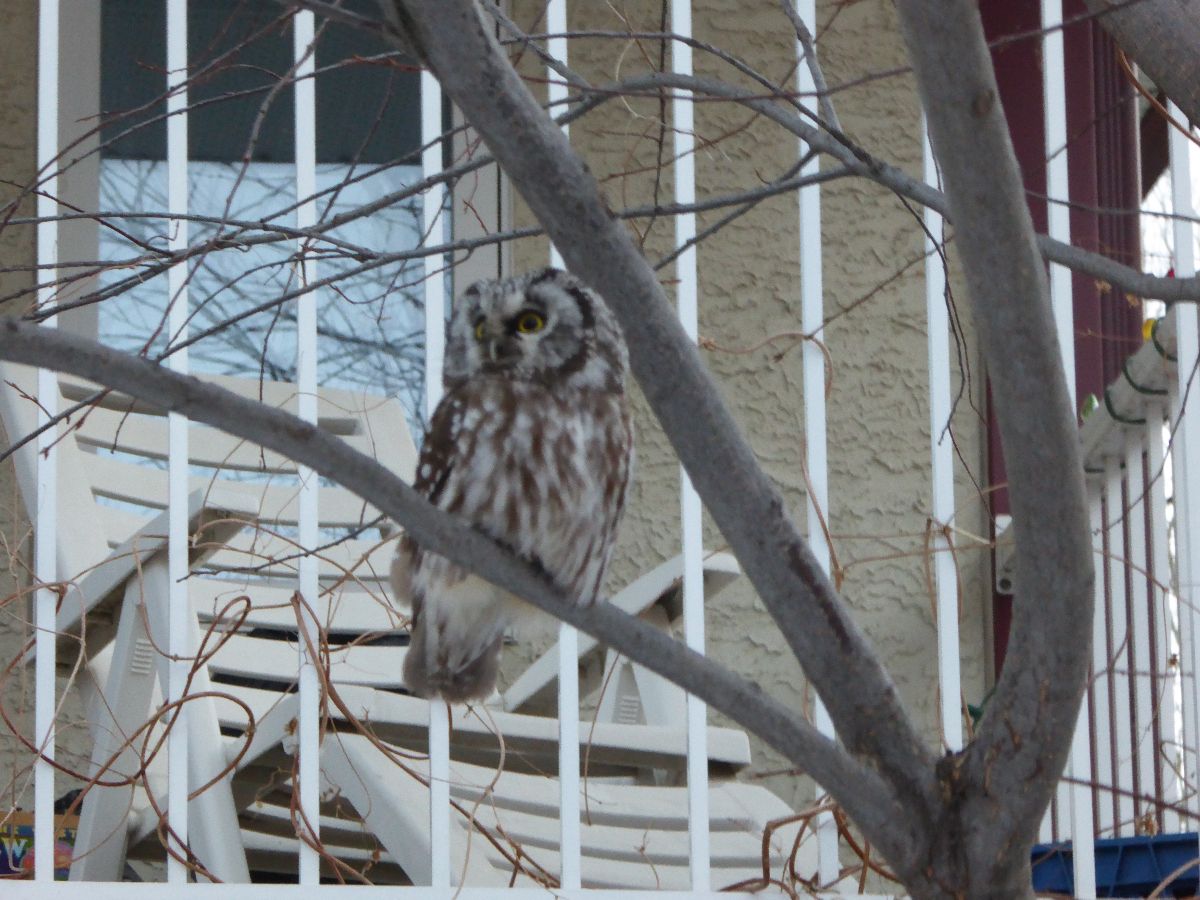
Boreal Owl, Calgary, March 28, 2018. Photo by Jim Washbrook.
Sarah Bradley also took some photos of the owl sitting in the vines. Photos below by Sarah Bradley, Calgary, March 28, 2018.
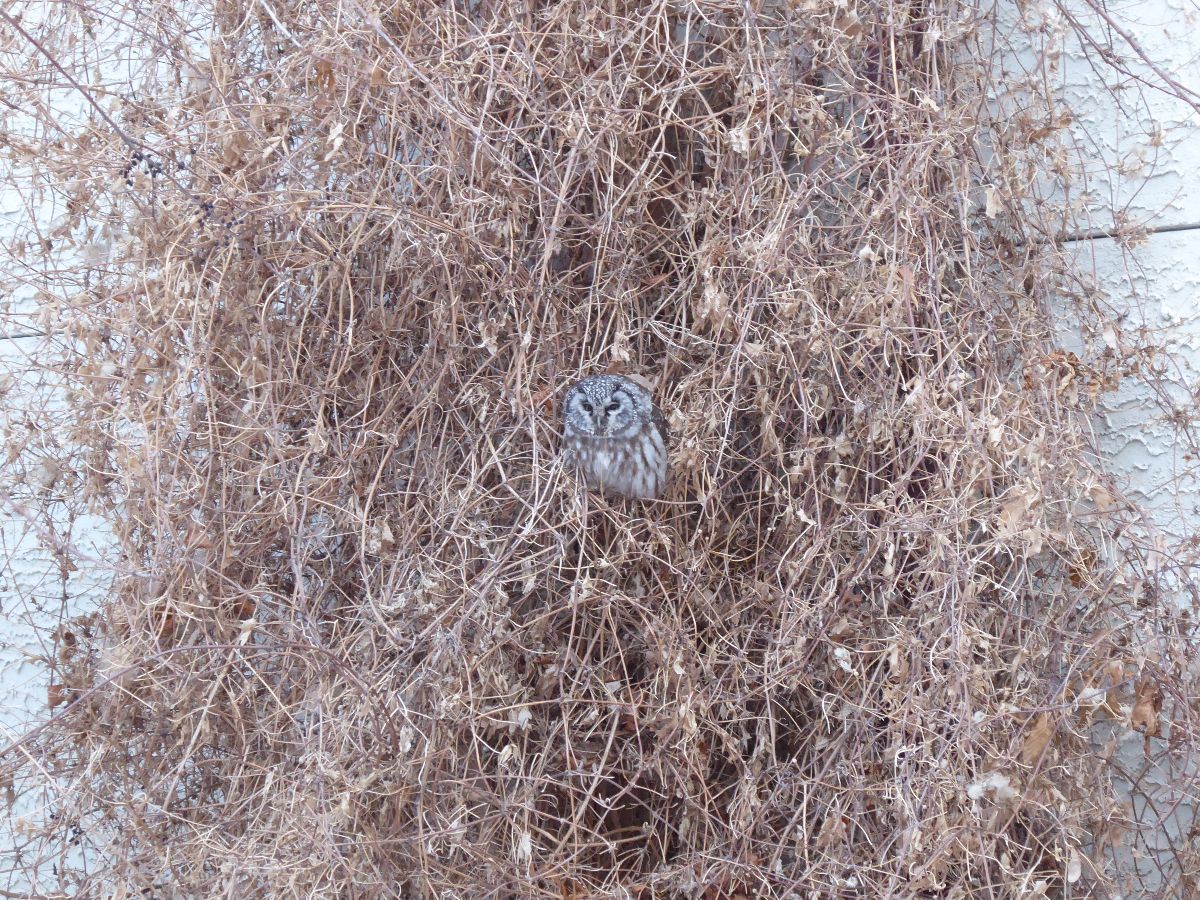
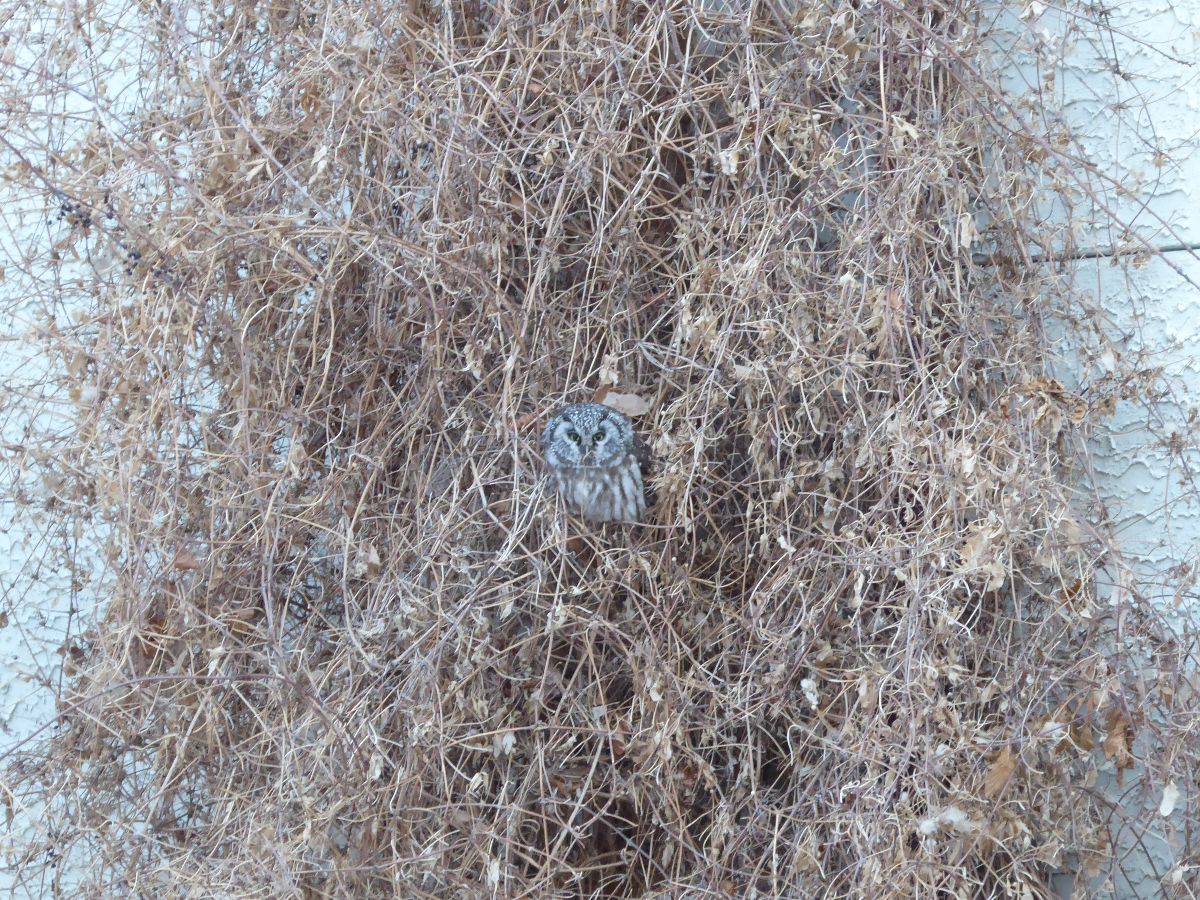
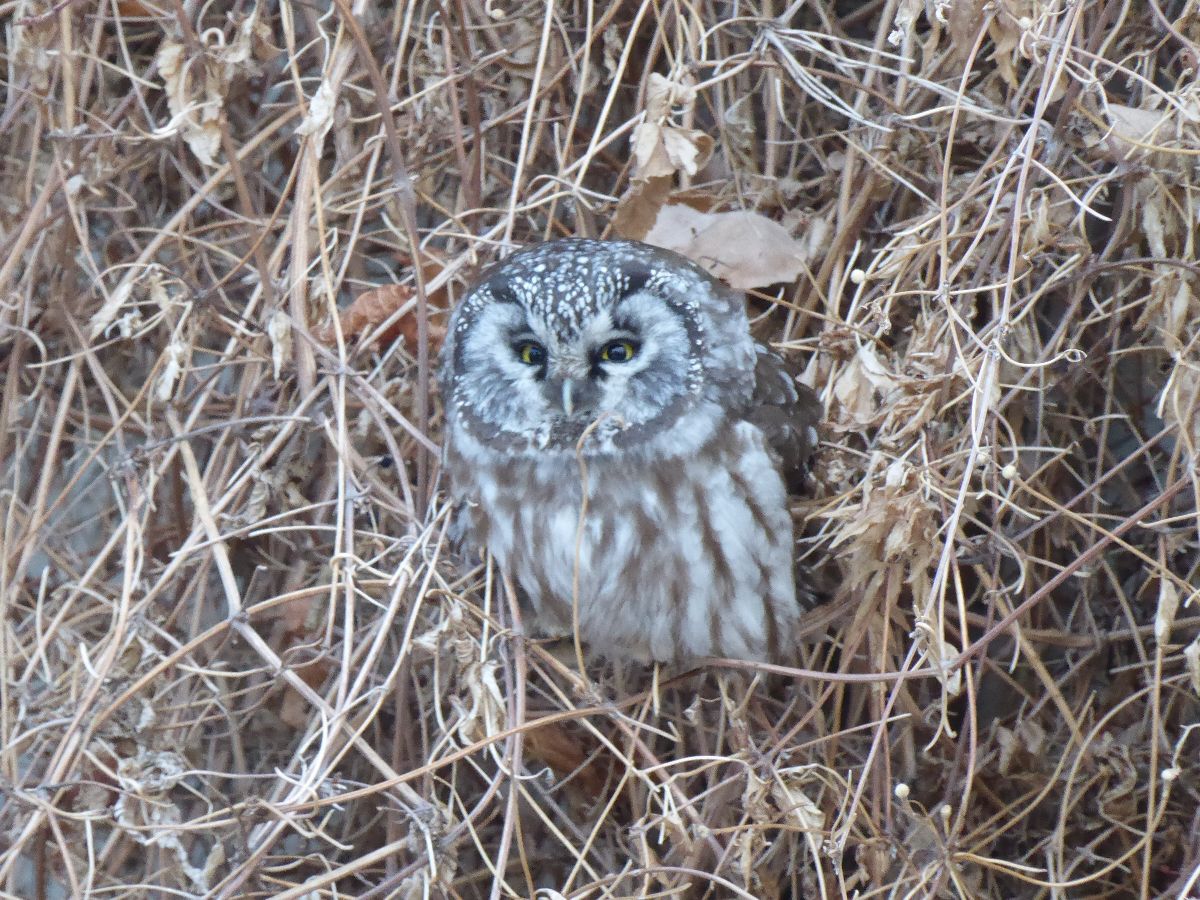
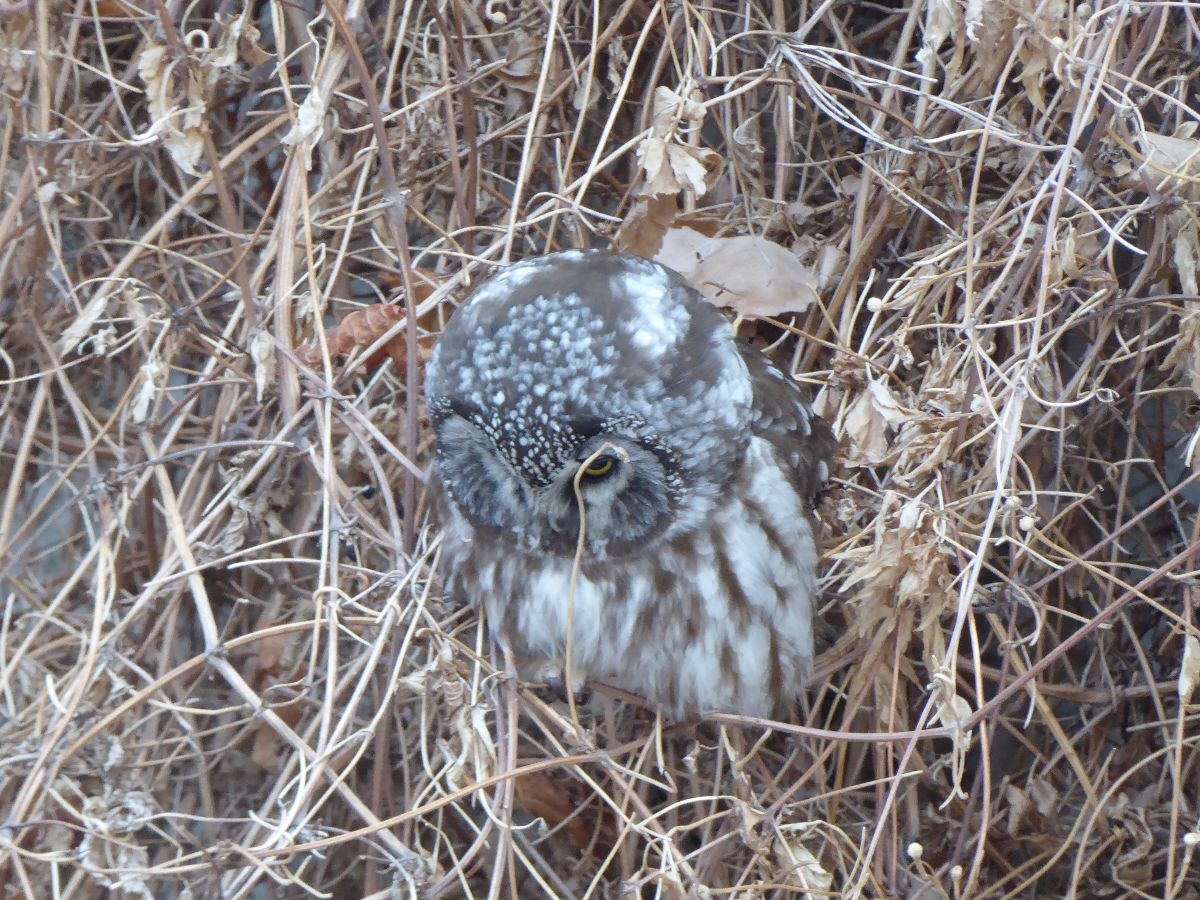
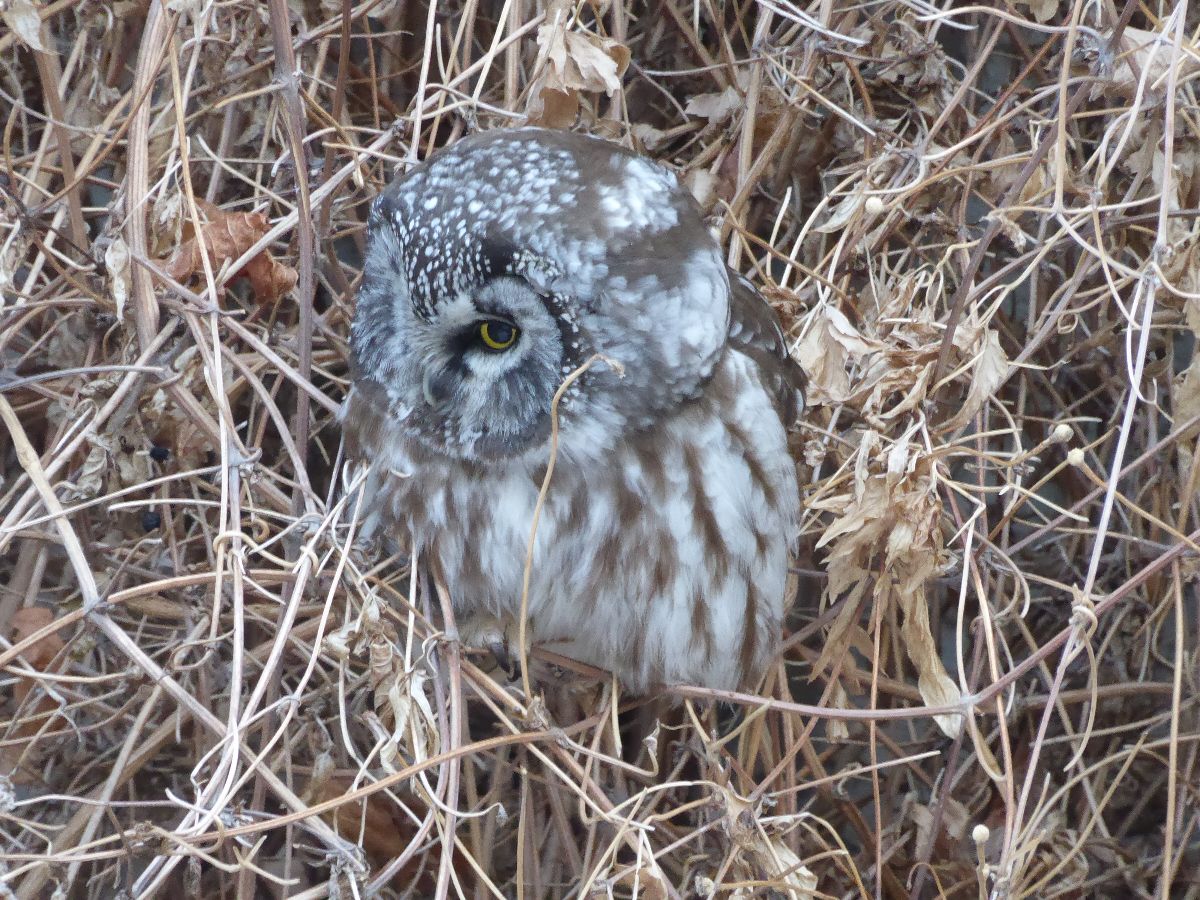
The owl apparently moved on and was not seen again after that afternoon. Nice to have one of these come to you instead of having to go look for it!
Tomorrow is the fourth annual Global Big Day organized by the Cornell lab of Ornithology. Birders all over the world are encouraged to go birding and report their sightings on eBird. The goal is to see how many of the world’s 10,000+ species can be found, and to get reports from as many places and as many people as possible.

Global Big Day 2018. Image from the Cornell Lab of Ornithology.
The first such Big Day in 2015 had 6,085 species reported, which almost doubled the previous best day on eBird. Last year, on May 13, almost 20,000 people from 150 countries contributed more than 50,000 checklists containing 6,564 species. This is truly an important record of the state of the birds in the world.
To take part, just go birding anywhere you want to, and report your sightings on eBird. There is no need to spend the whole day – just spend some time counting birds in your local park, your yard, or anywhere you like.
You can read more about the 2018 Global Big Day here. You can also watch in real time as the results come in on this page.
If you have not used eBird before, it is very easy to get started. All the information you need is on their site. Start here to learn how it works, and then sign in and get started.
Note: If you want to contribute on Saturday but have not yet started using eBird, please just record the information about your outing (the location, the time spent birding, the species you see, and their approximate numbers), and you can enter the data into eBird later. Your sightings will be added to the Big Day. If you have trouble getting started with eBird, email me at birdscalgary[at]gmail.com and I’ll try to help. But read the information on the eBird site first.
Spring Birds of Calgary, photographed by Tony LePrieur.
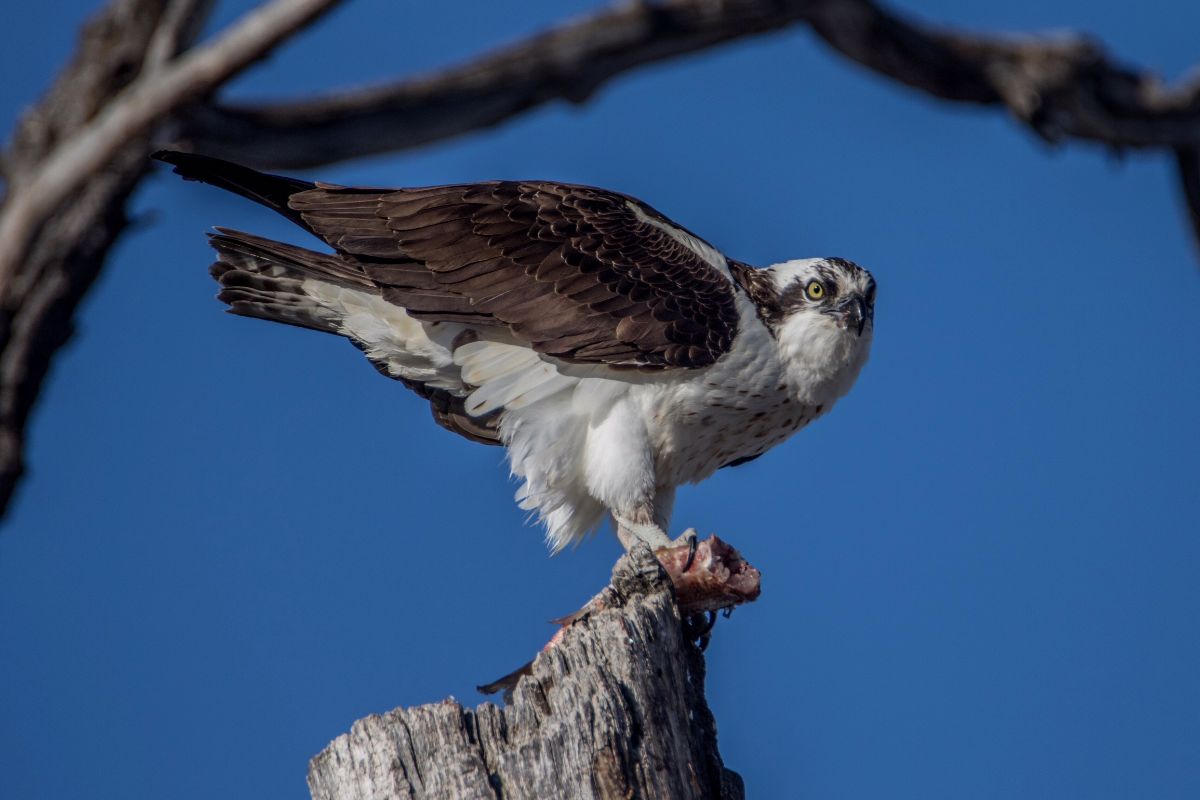
Osprey, Fish Creek Park, April 19, 2018.

Great Blue Heron, Fish Creek Park, April 15, 2018.

Great Blue Heron, Fish Creek Park, April 15, 2018.

American Robin (male), Fish Creek Park, April 15, 2018. There are lots of robins back now but most are still males. The females arrive a little later.

Cedar Waxwing, Queen’s Park Cemetery, April 15, 2018. Migrating Cedar Waxwings don’t return until late May, so this is an overwintering bird.

Hooded Merganser (female type), Bowmont Park, April 15, 2018.
More of Tony’s photos can be seen on his Flickr page here.
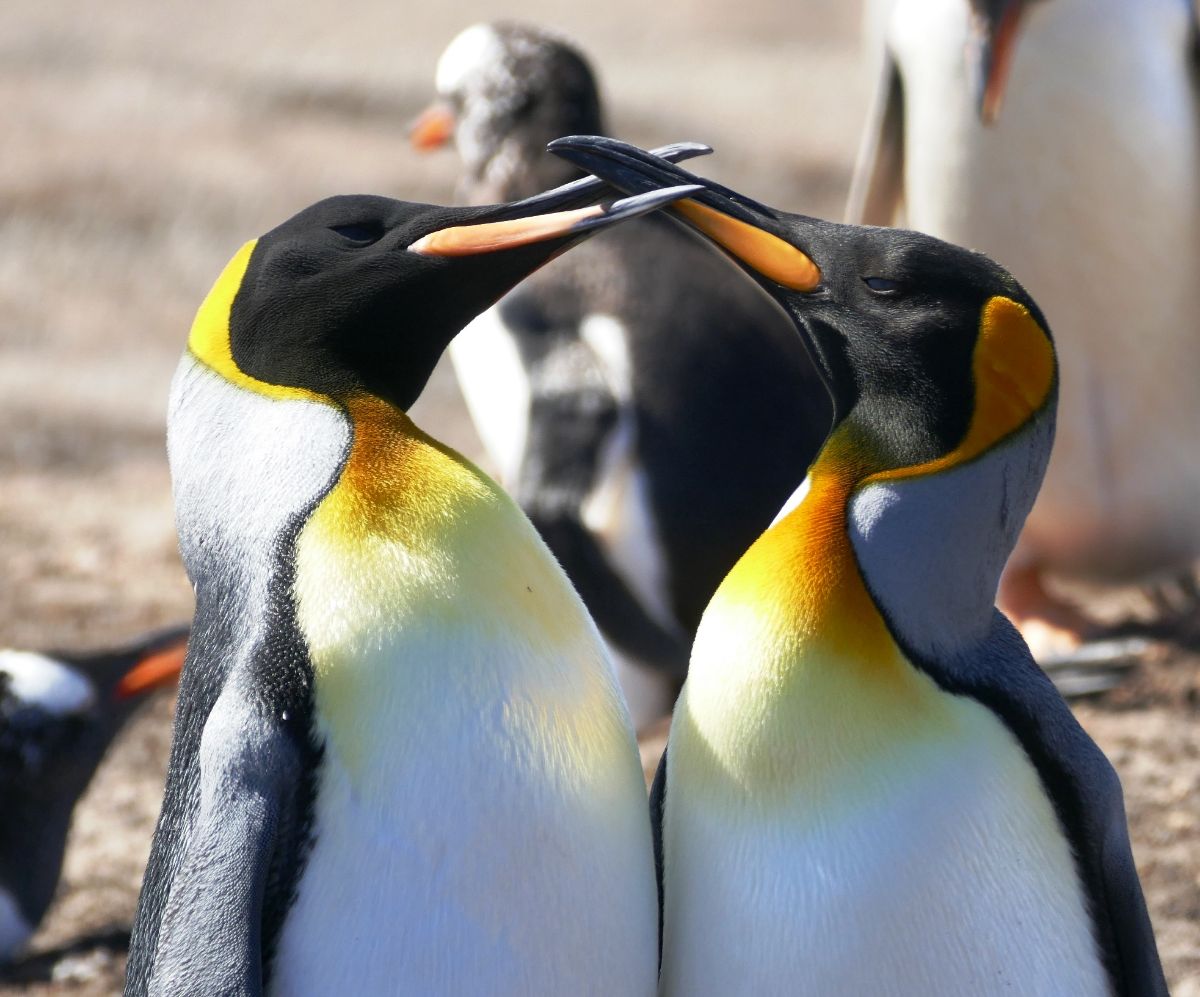
King Penguins. Photo by Diane Stinson.
Birds & Beers this month will feature a talk and photo presentation by Calgary birder Diane Stinson, about a recent trip that she and her husband Rob took to Antarctica.
Diane says, “Rob and I went on a trip in January to the Falkland Islands, South Georgia and the Antarctic Peninsula. As there are not enough superlatives to describe what we experienced, I hope that this photographic presentation will provide a journey in spirit. While the focus will be birds (including 7 species of penguins and the South Georgia Pipit – the southern-most song bird in the world), there will also be images of whales, seals, icebergs and even some flowers. One of the highlights of the trip was standing on the edge of a colony of an estimated 500,000 King Penguins in St. Andrew’s Bay, South Georgia.”
Royal Canadian Legion, Centennial Calgary Branch #285
9202 Horton Road SW
Thursday April 26, 2018, 6:00-9:00 pm
Everyone is welcome at Birds & Beers, including children if accompanied by an adult. It is an informal social get-together, with food and drinks available. For the first hour or so you can visit with your fellow birders, and the presentation will start after 7 pm. If you can’t be there at 6 come any time until 7.
Upcoming Birds & Beers dates, all at the same time and place: Thursday May 24, Thursday June 21.
Judi Willis photographed these three moose (male, female, and young) west of Cochrane in March 2018.

Tony LePrieur saw a flock of ten Migrating Mountain Bluebirds in the Weaselhead Nature Area in SW Calgary on April 1, 2018. All photos by Tony LePrieur.

Male Mountain Bluebird.

Six males together.

A female. Most of the earliest-arriving birds are males, eager to get on territory.
Mountain Bluebirds arrive back in the Calgary area every spring just about right on the equinox. The extended snowy and cold weather we are having this spring will make it tough on them. They eat mostly insects during the breeding season, but will also eat berries to survive the cold weather.


Mountain Bluebirds are a cavity-nesting species, and they are now often out-competed for nesting sites by non-native House Sparrows and European Starlings. In an effort to increase the nesting opportunities for Bluebirds, volunteers have erected hundreds of nest boxes in rural Alberta.
See the Mountain Bluebird Trails Conservation Society website.
You can see more of Tony LePrieur’s photos on his Flickr page.
The next Birds & Beers event in Calgary will be this Thursday, March 29, at the usual location:
Royal Canadian Legion, Centennial Calgary Branch #285
9202 Horton Road SW
Thursday March 29, 2018, 6:00-9:00 pm

Common Goldeneye (male, mating display). Weaselhead, April 9, 2017. Photo by Tony LePrieur.
No speaker is scheduled for this month but come out and have a chat about (hopefully!) spring birding. Everyone is welcome. Food and drinks are available.
Upcoming Birds & Beers dates, all at the same time and place: Thursday April 26, Thursday May 24, Thursday June 21.
Posted by Bob Lefebvre. All photos by Ron Chiasson.
One of the awesome things about winter birding in Calgary in the chance to see flocks of up to 5000 Bohemian Waxwings in flight, feeding on berries and apples, or eating snow on rooftops.
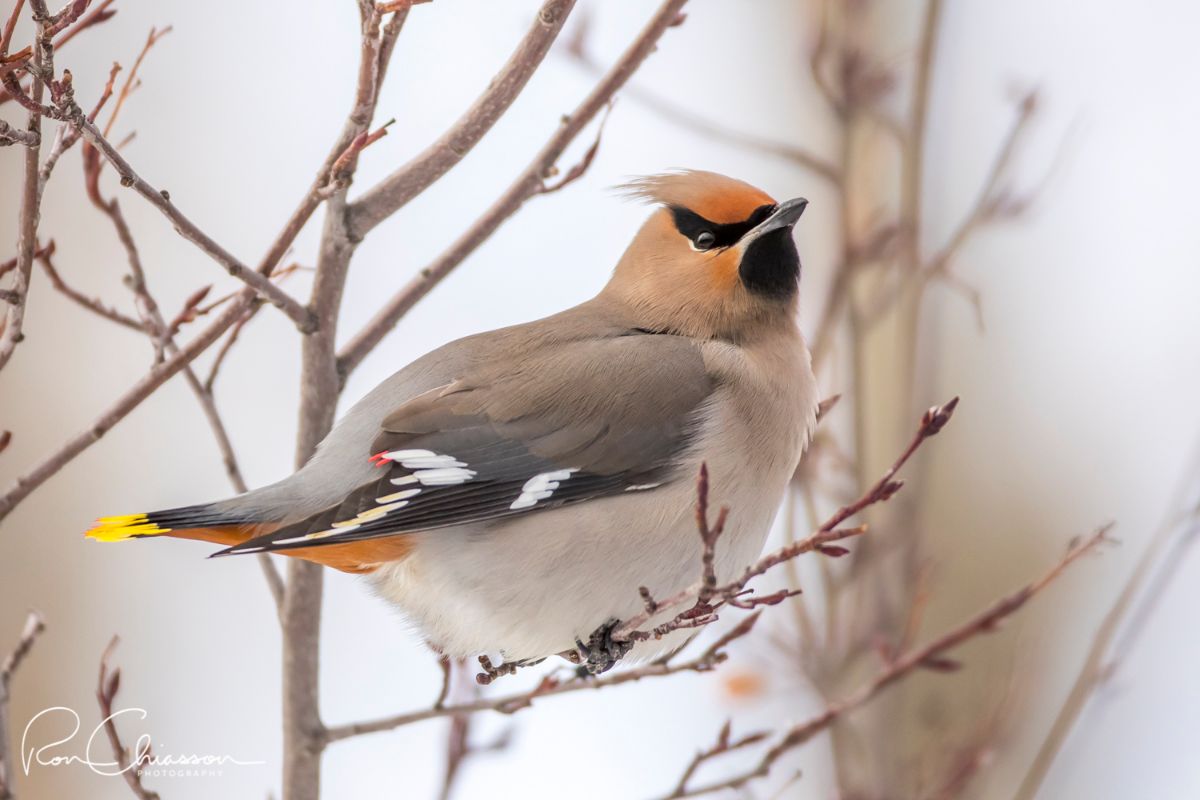
Bohemian Waxwing, Carburn Park, February 6, 2018.
These beautiful birds are only here in the winter, and their relatives, the Cedar Waxwings, are an uncommon summer breeder here. Although Cedar Waxwings are a late migrant, arriving in late May, and departing in October, there are usually some that attempt to overwinter here and they can sometimes be seen mixed in with the Bohemian Waxwings.
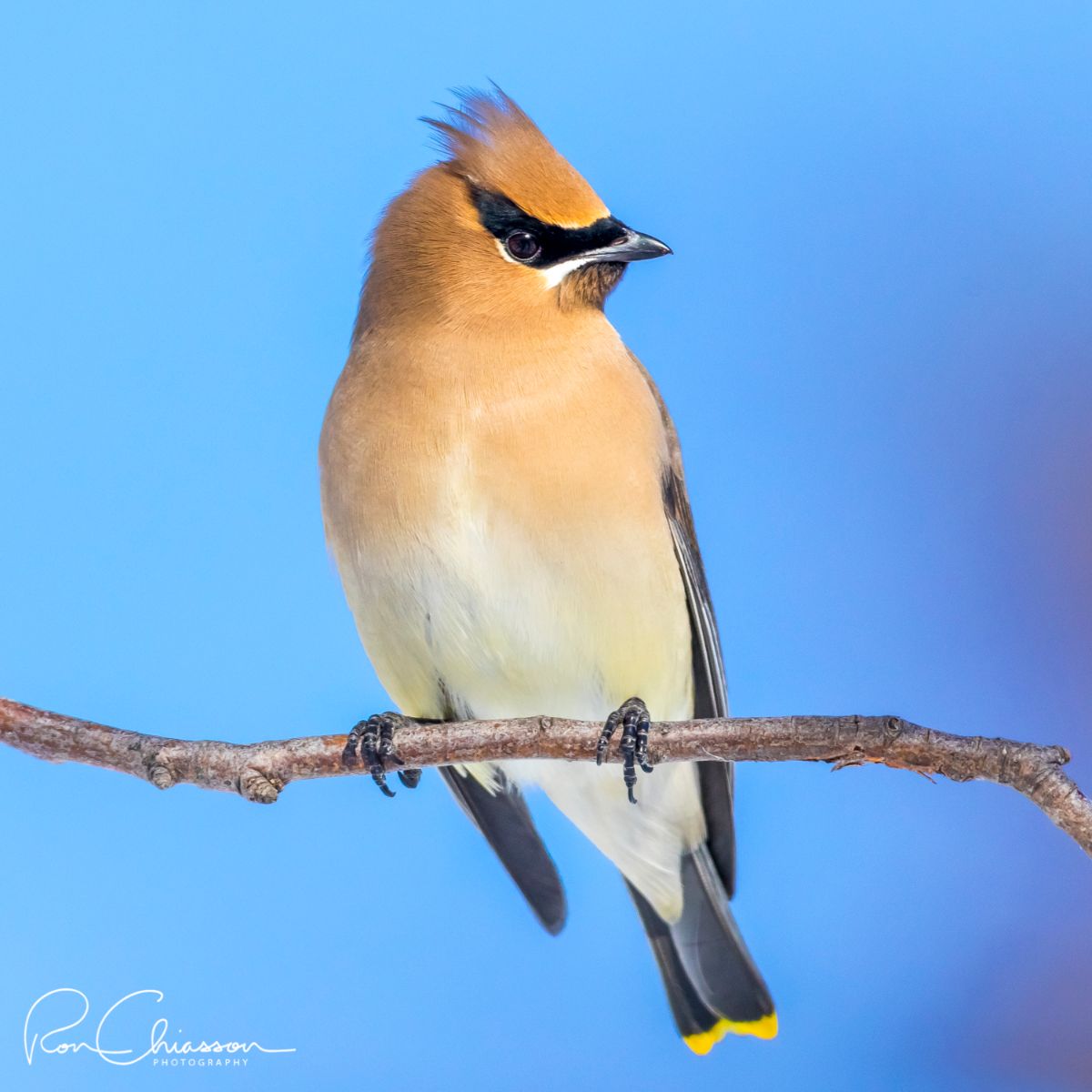
Cedar Waxwing, Confederation Park, February 28, 2018, .
We usually find at least a couple of dozen Cedar Waxwings on the Calgary Christmas Bird Count. They seem to be concentrated in the Elbow Valley downstream from the Glenmore Dam. This year, there were quite a few in Carburn Park in the southeast, and in the north end of the city, in Confederation Park and Queen’s Park Cemetery. In February I saw a flock of 36 Cedars in a residential neighbourhood near those north-end parks.
Here are two shots of Ron’s that show the two species side-by-side:
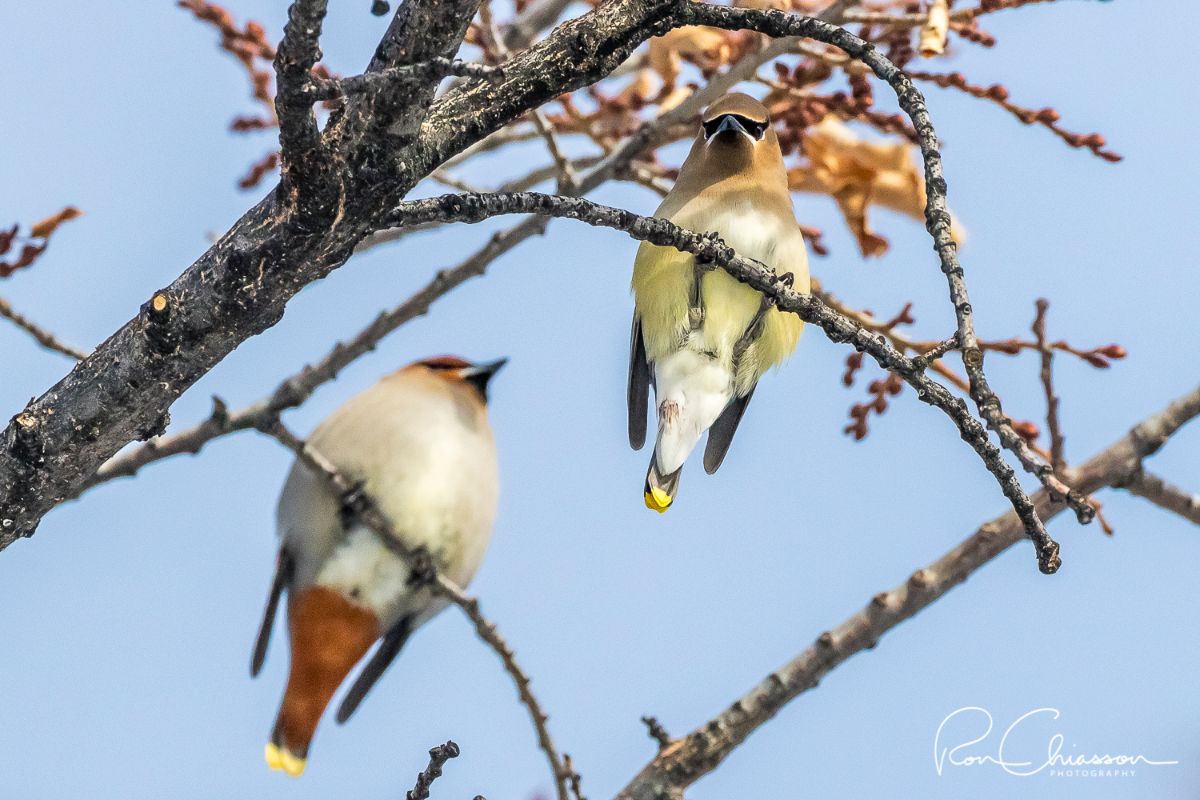
Bohemian (left) and Cedar Waxwing (right), Queen’s Park Cemetery, March 6, 2018.
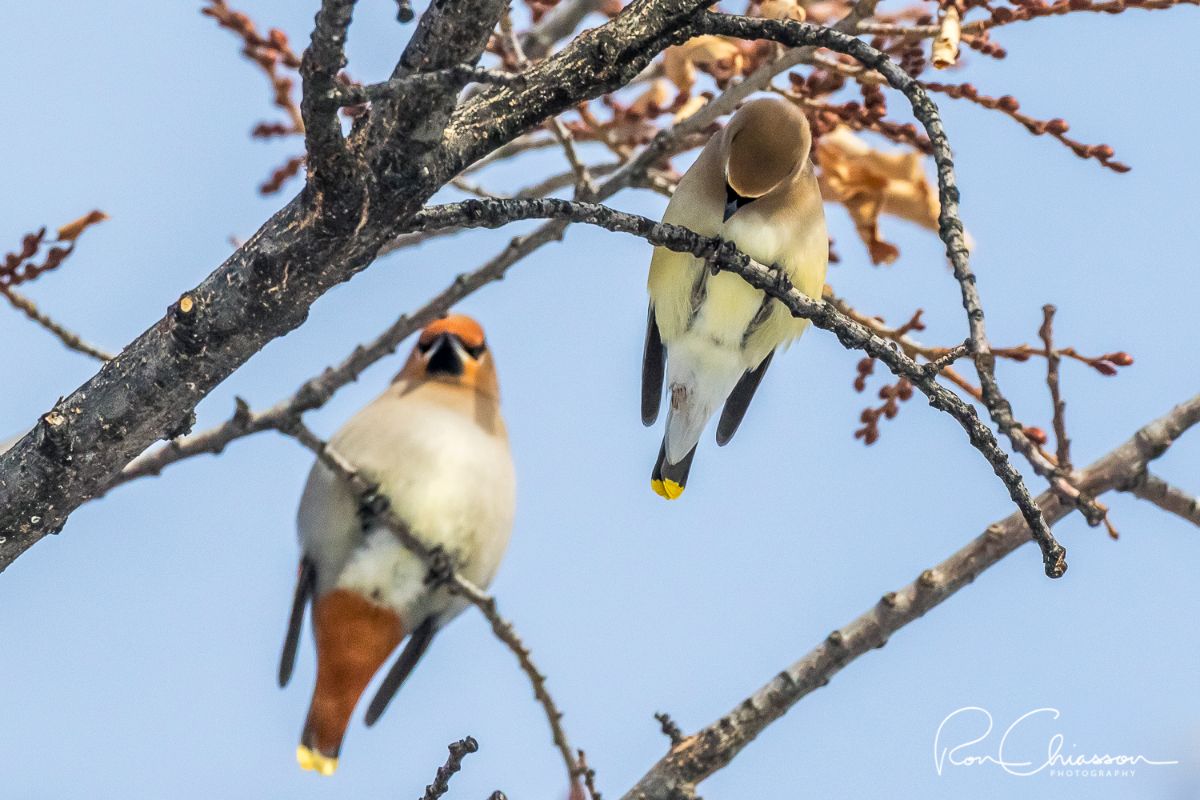
Bohemian (left) and Cedar Waxwing (right), Queen’s Park Cemetery, March 6, 2018.
These shots show some of the most obvious differences between the two: Bohemian Waxwings have cinnamon-red undertail coverts whereas Cedars have white; Bohemians are larger and more round-bodied than the sleek Cedars; Bohemians have a gray body including the belly, whereas Cedars are more brownish and have a pale yellow belly (sometimes white, but never gray). In the following shots you will also see that Bohemians have white tips on their wings (as well as red and yellow on adult birds) while Cedars only have the red tips (the wax) on adult birds and never show white in the wing.
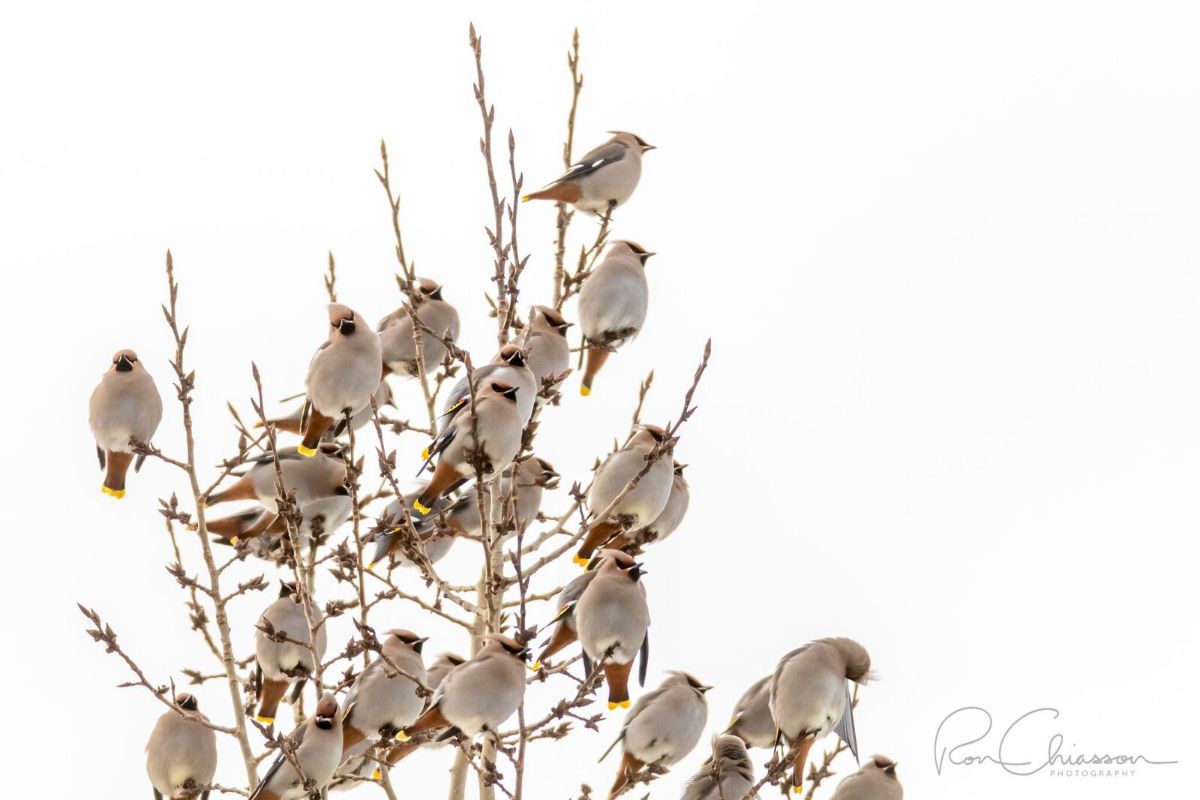
Bohemian Waxwing flock, Calgary, February 6, 2018.
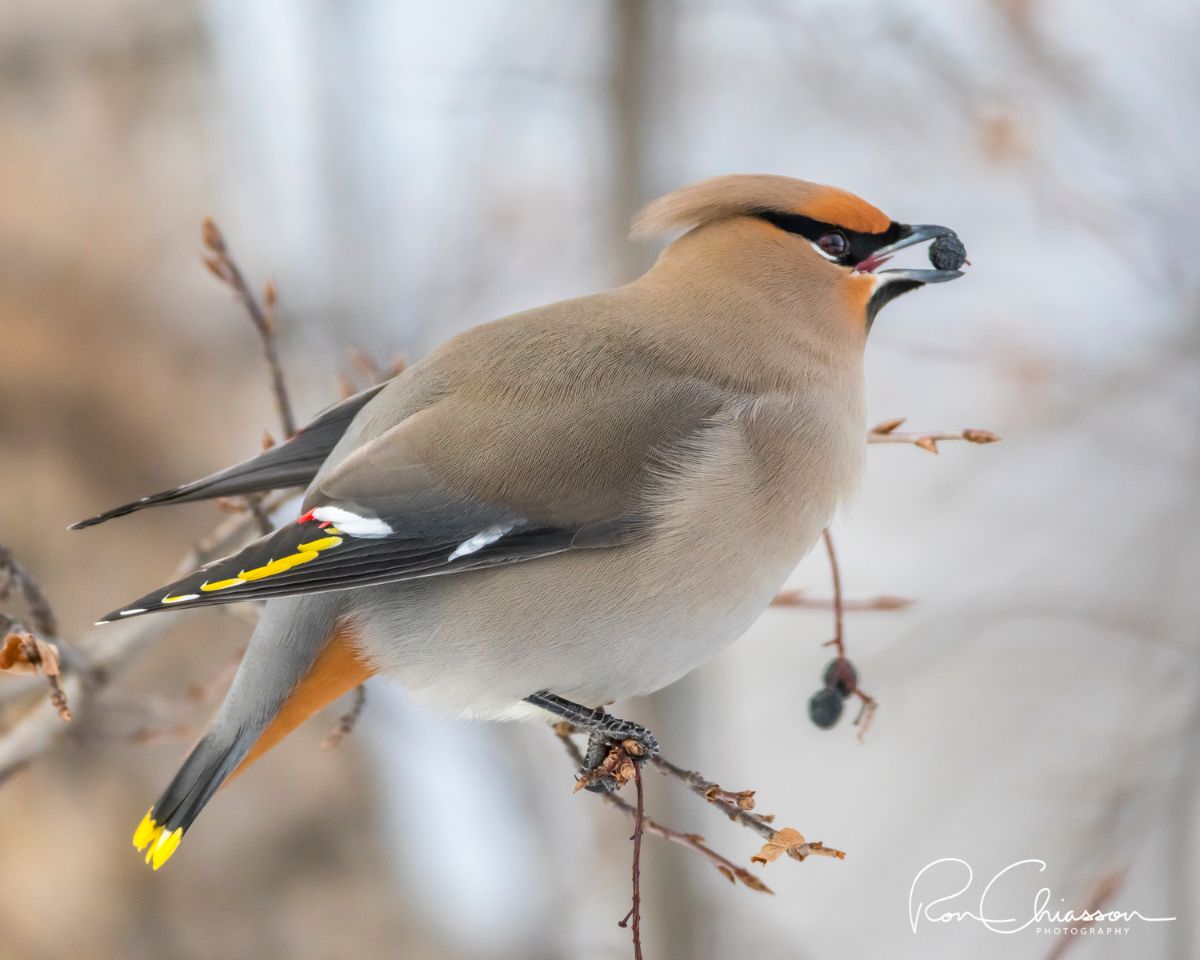
Bohemian Waxwing, Carburn Park, February 6, 2018.
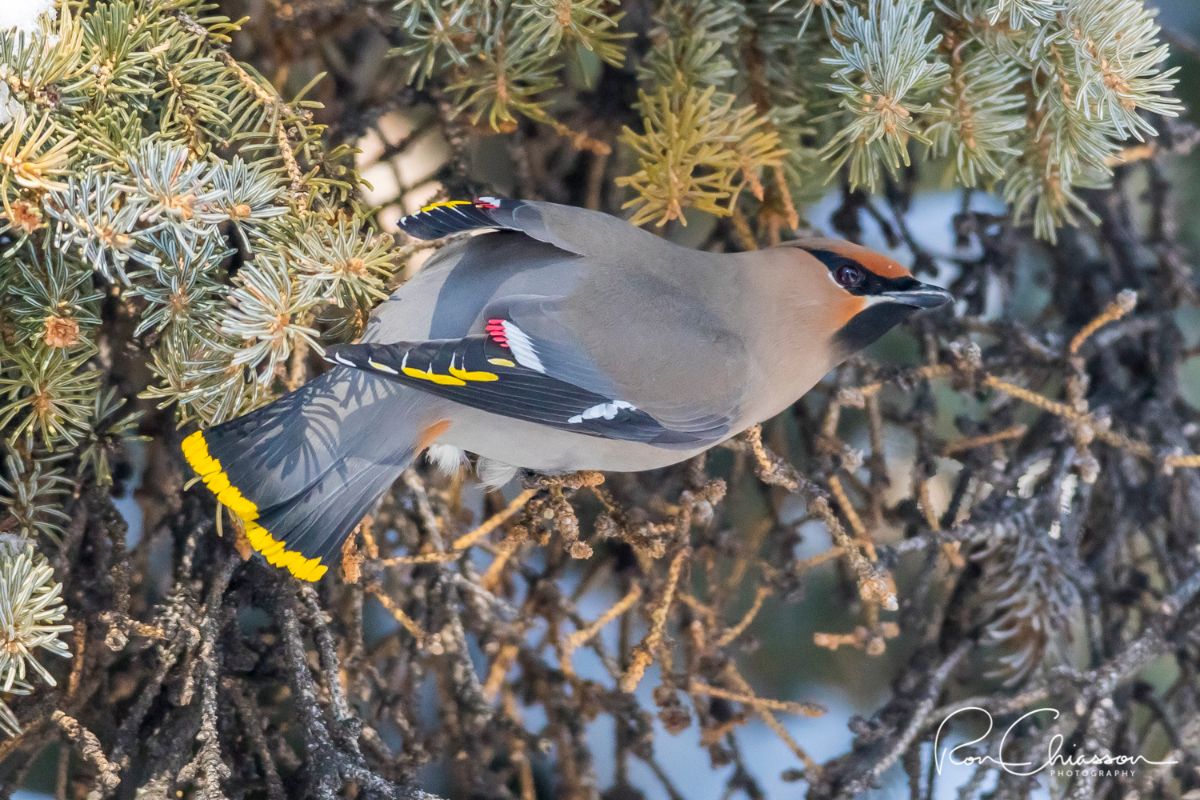
Bohemian Waxwing, Queen’s Park Cemetery, March 1, 2018.
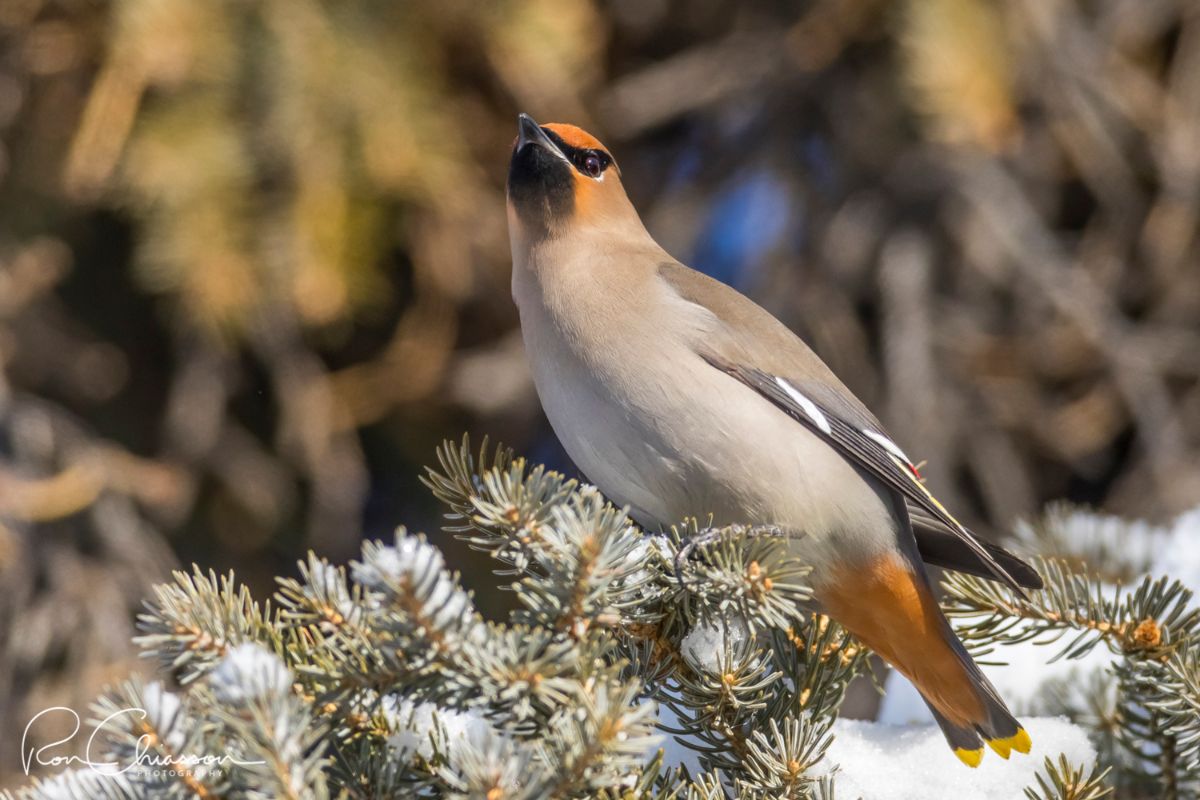
Bohemian Waxwing, Queen’s Park Cemetery, March 1, 2018.
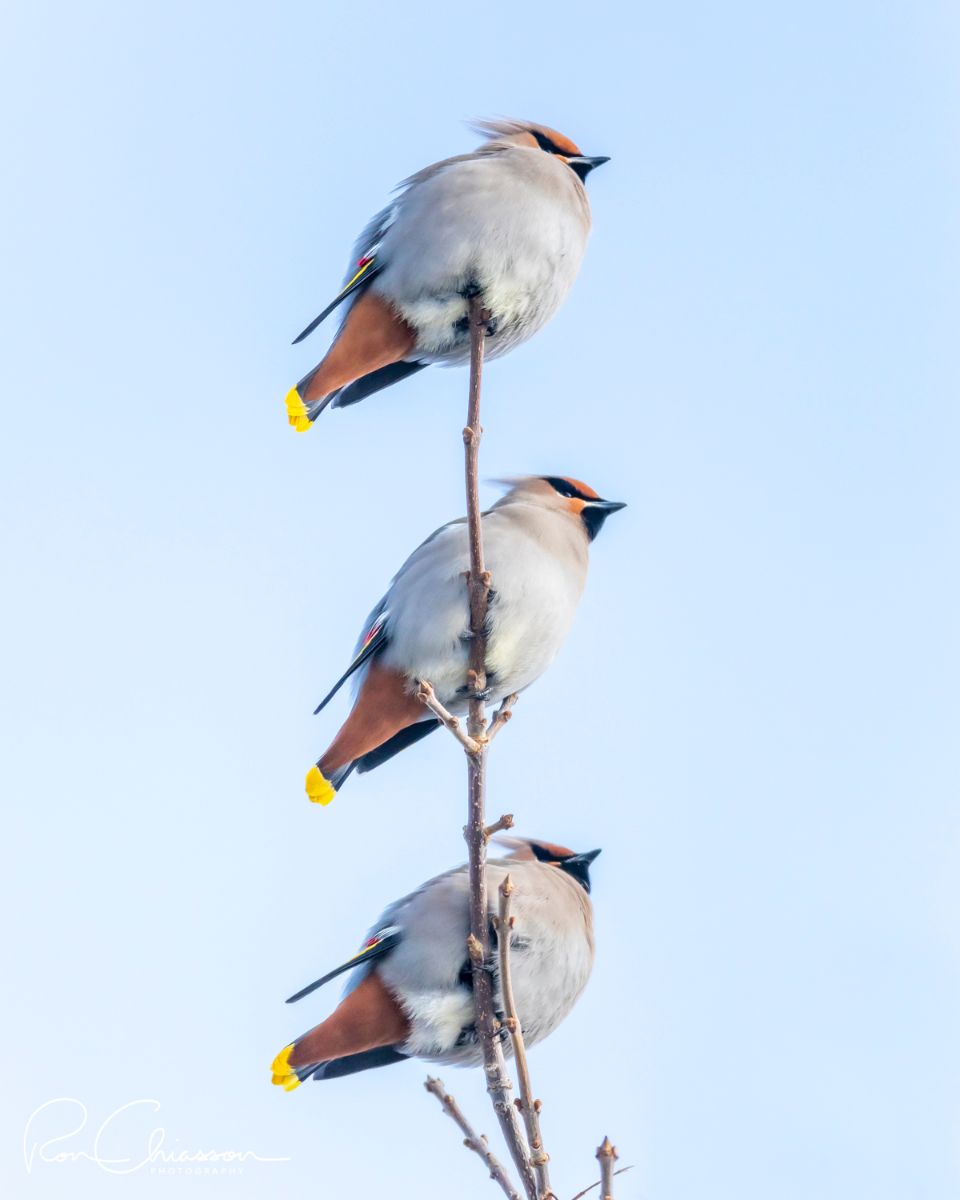
Bohemian Waxwings, Confederation Park, March 1, 2018.
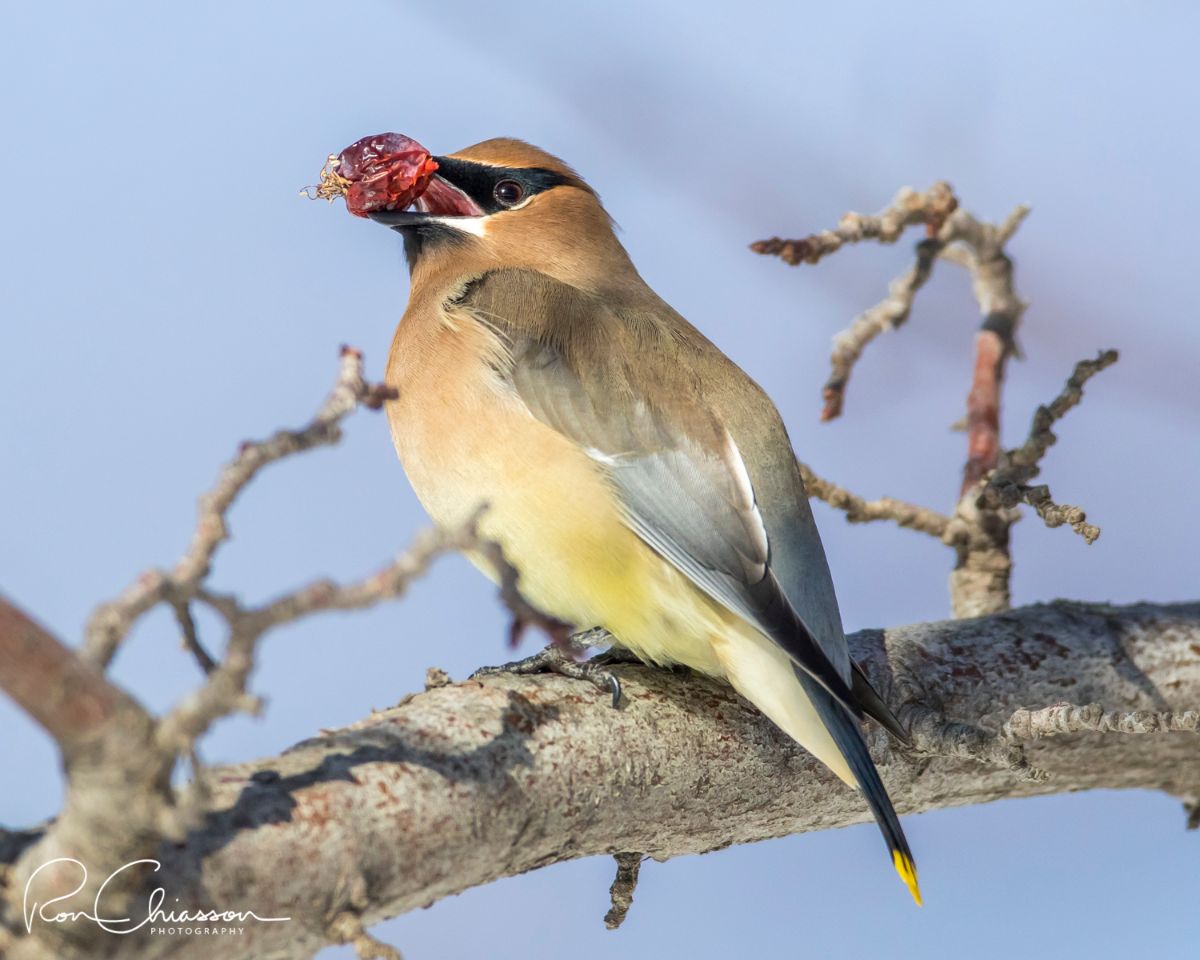
Cedar Waxwing, Confederation Park, February 28, 2018.
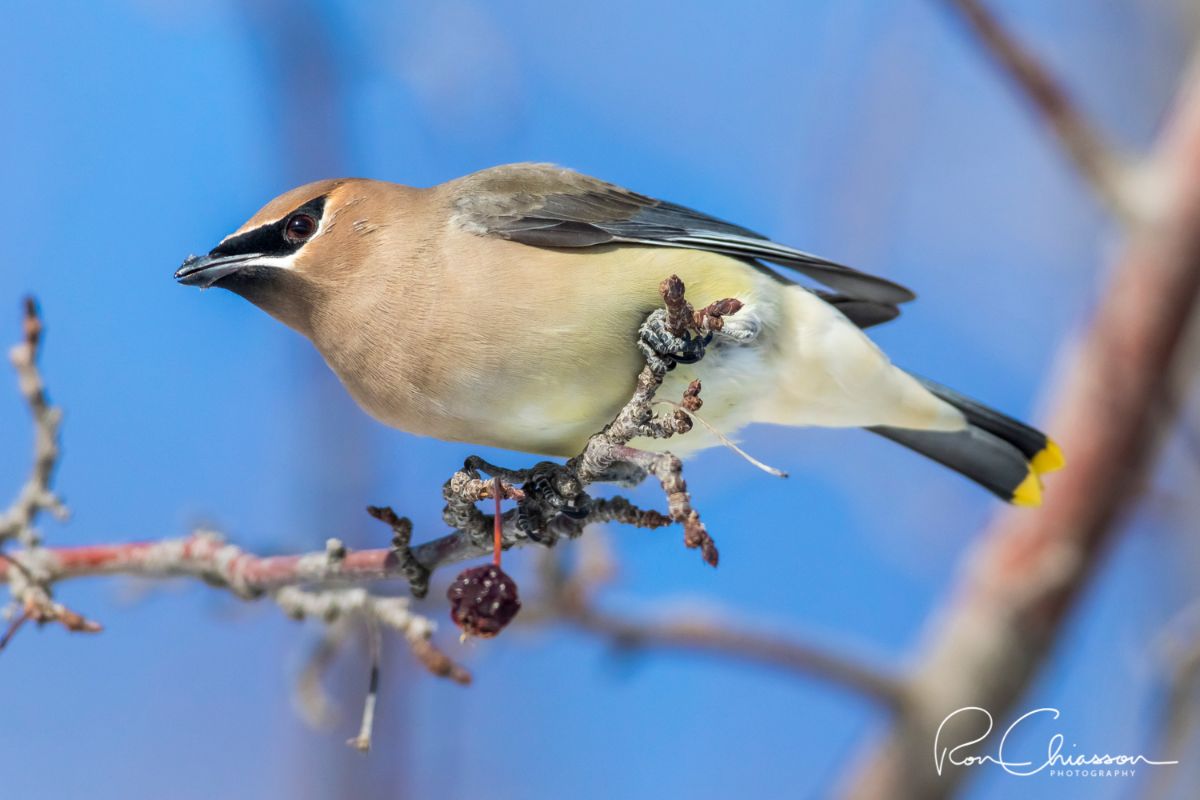
Cedar Waxwing, Confederation Park, February 28, 2018.
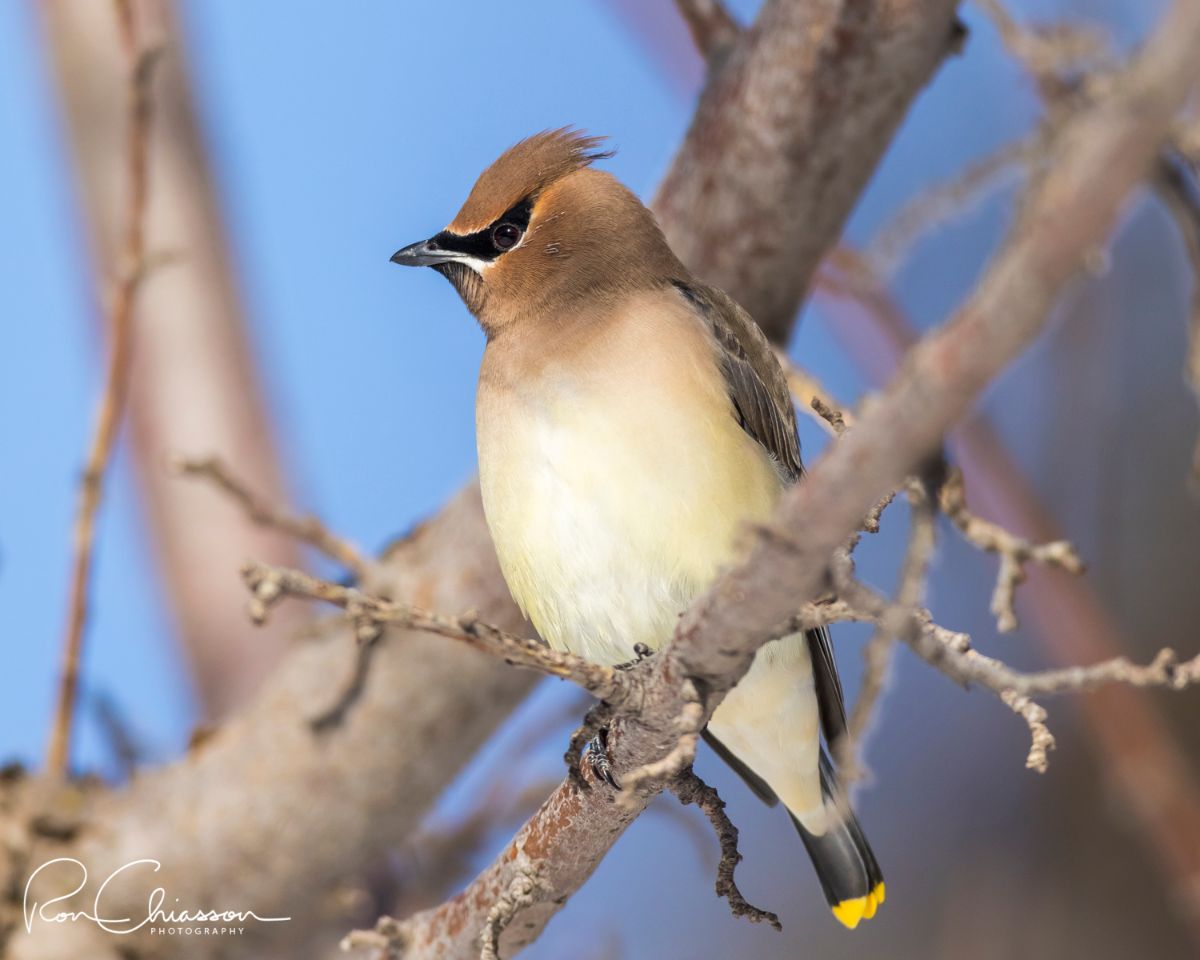
Cedar Waxwing, Confederation Park, February 28, 2018.
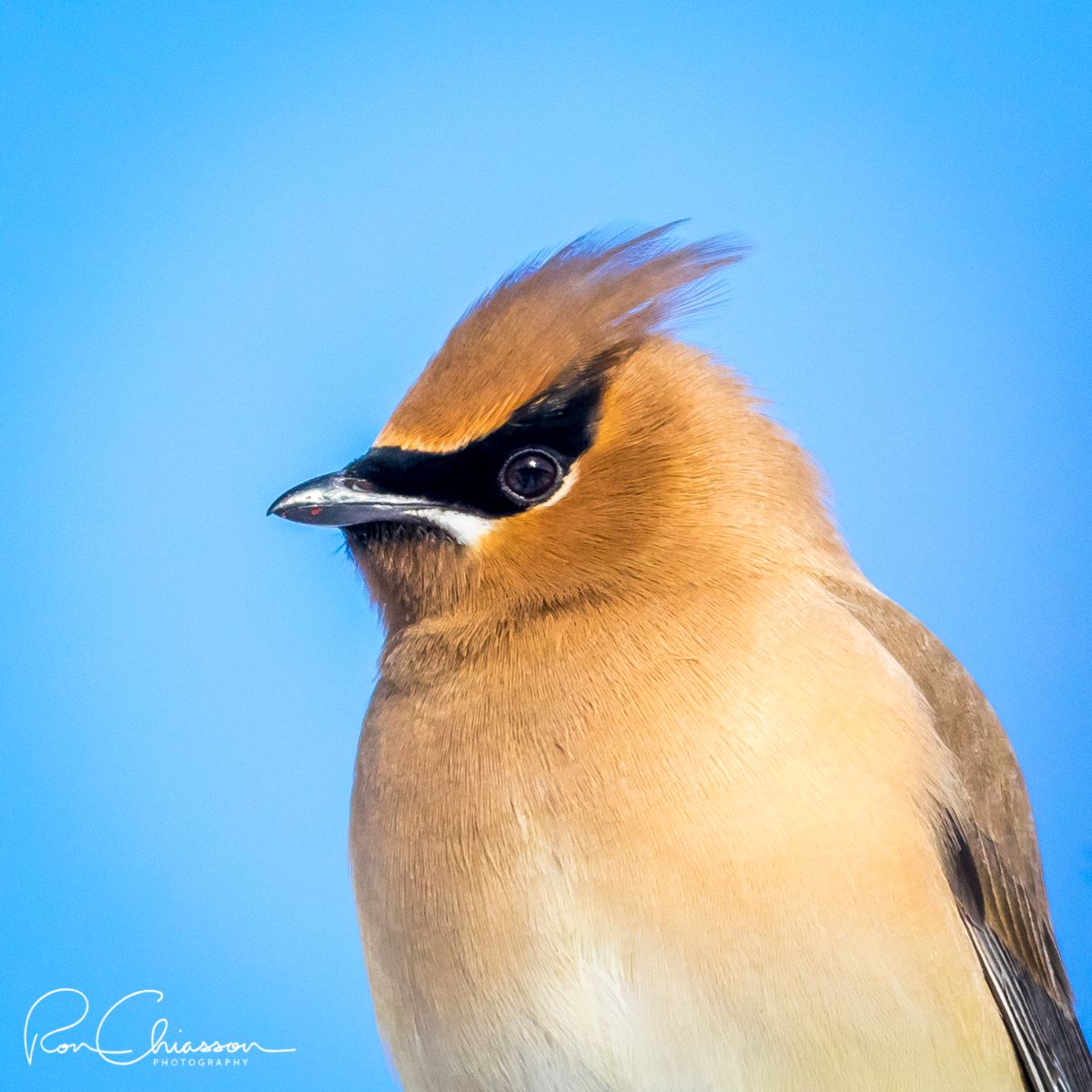
Cedar Waxwing portrait, Confederation Park, February 28, 2018.
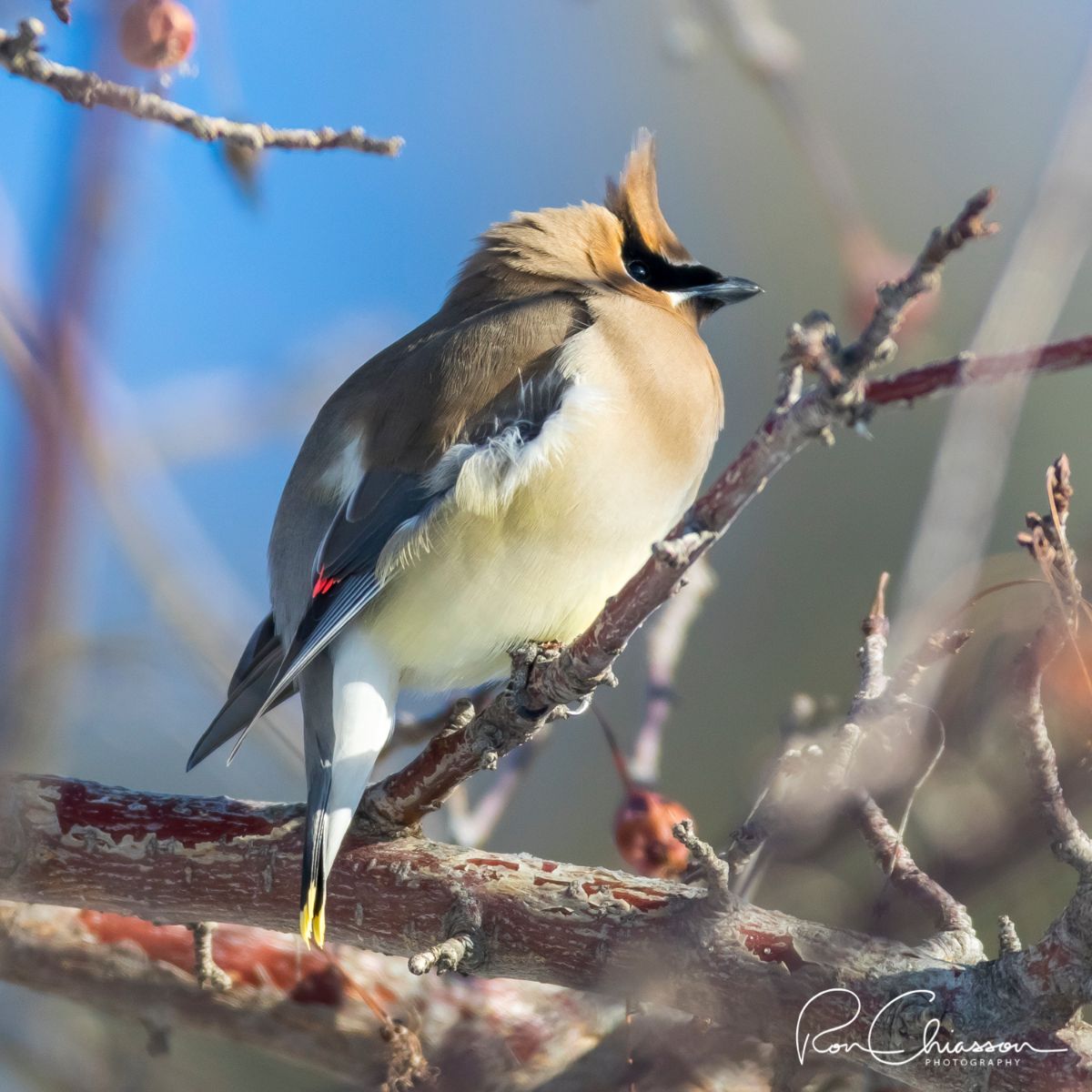
Cedar Waxwing, Confederation Park, February 28, 2018.
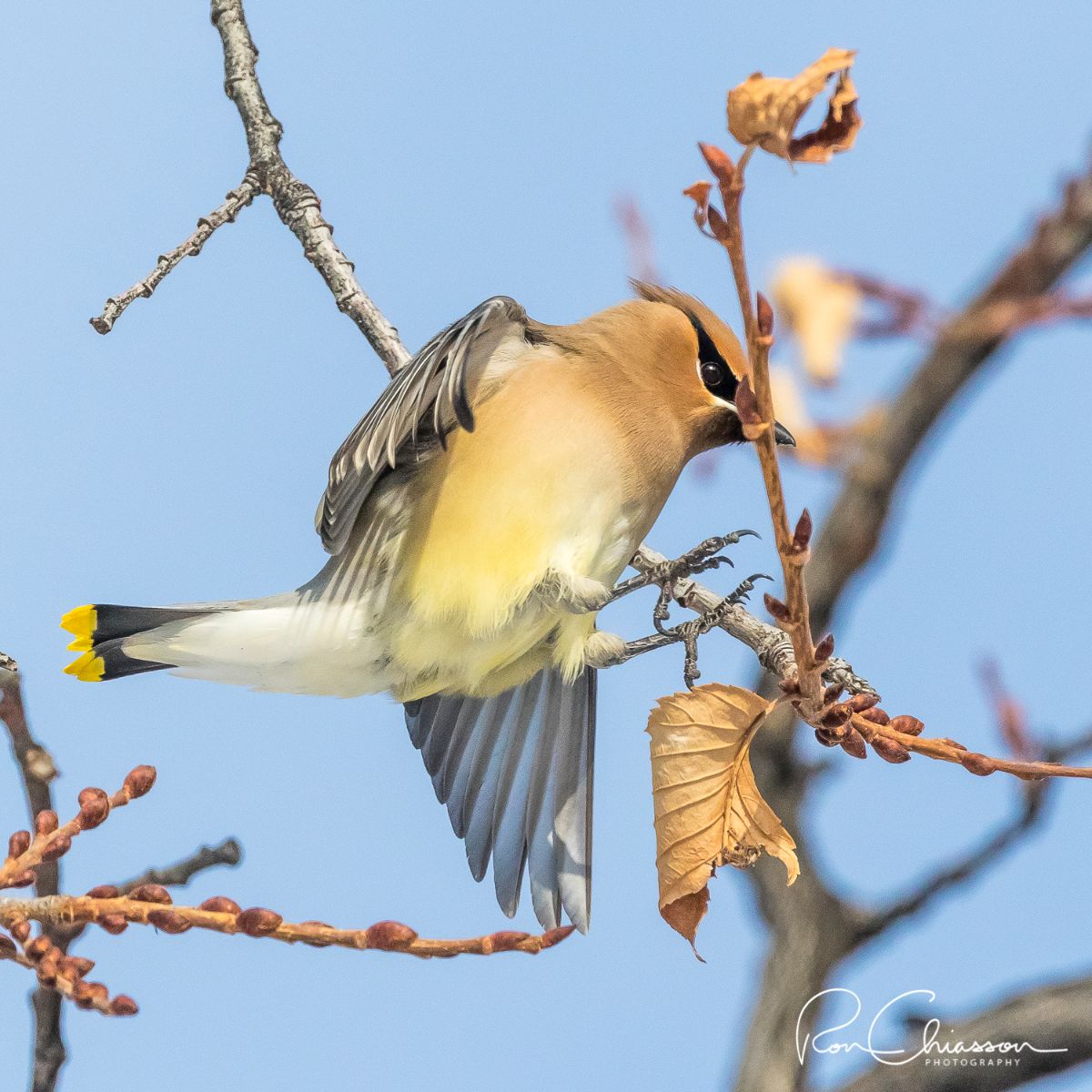
Cedar Waxwing, Queen’s Park Cemetery, March 6, 2018.
See more of Ron Chiasson’s photos here.